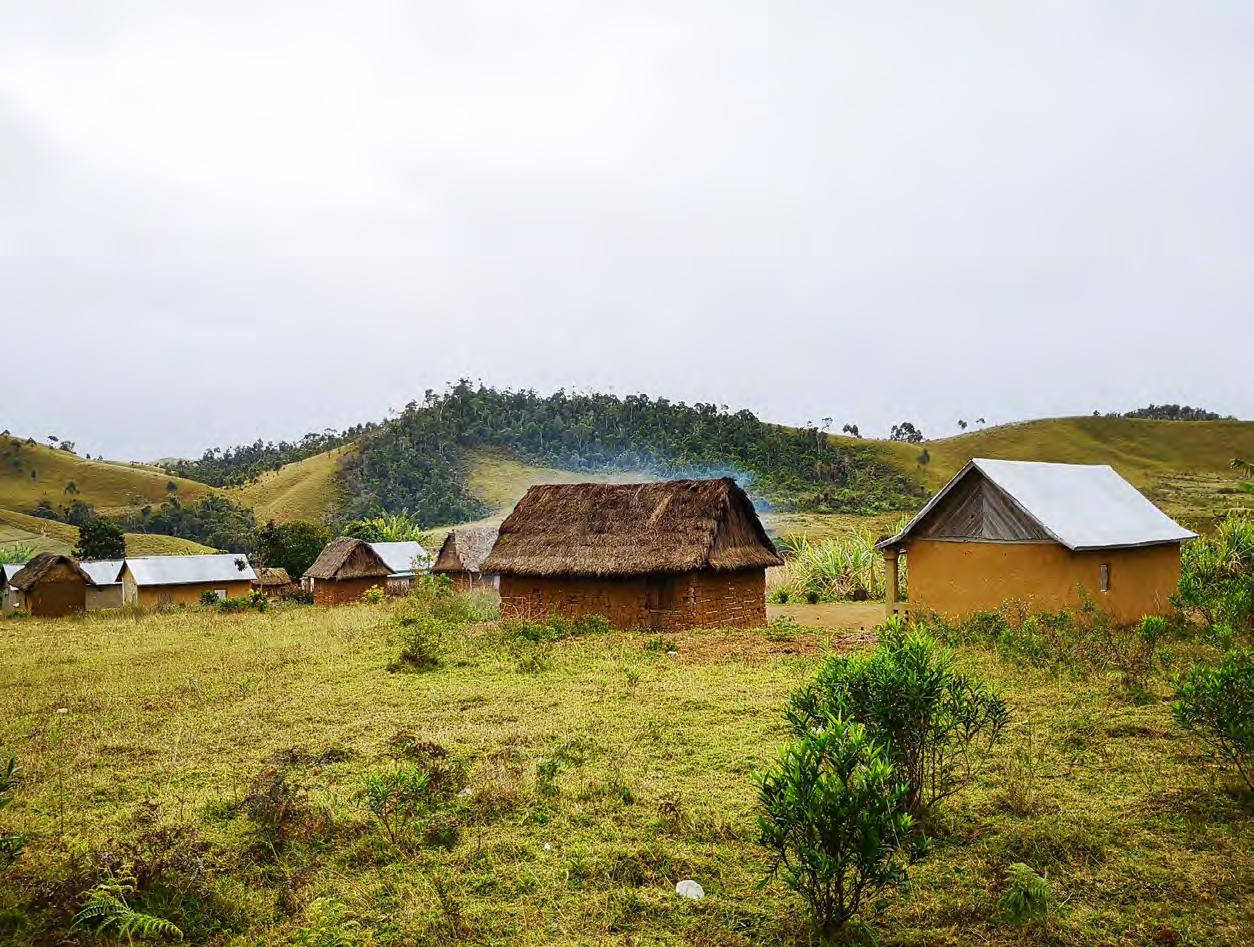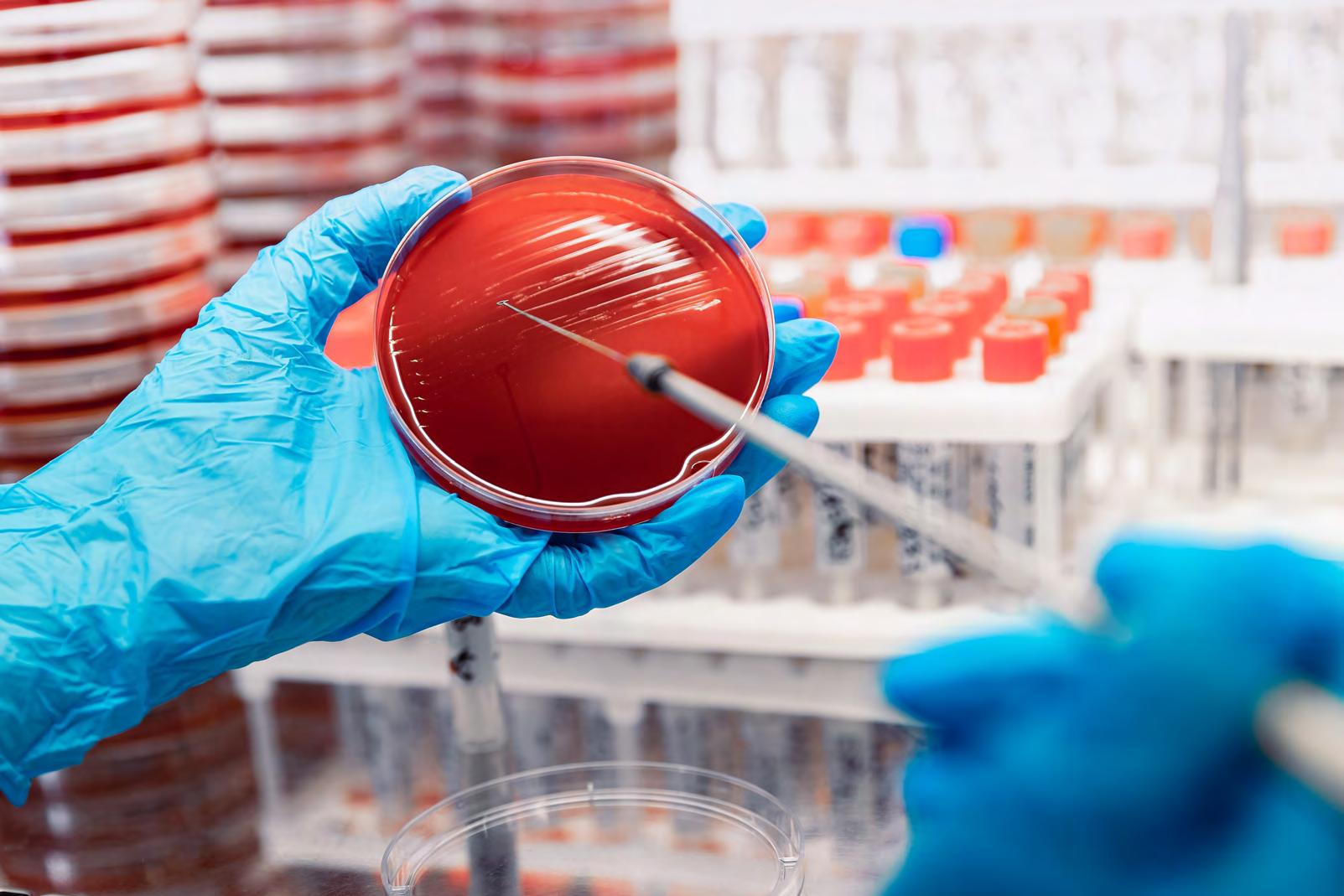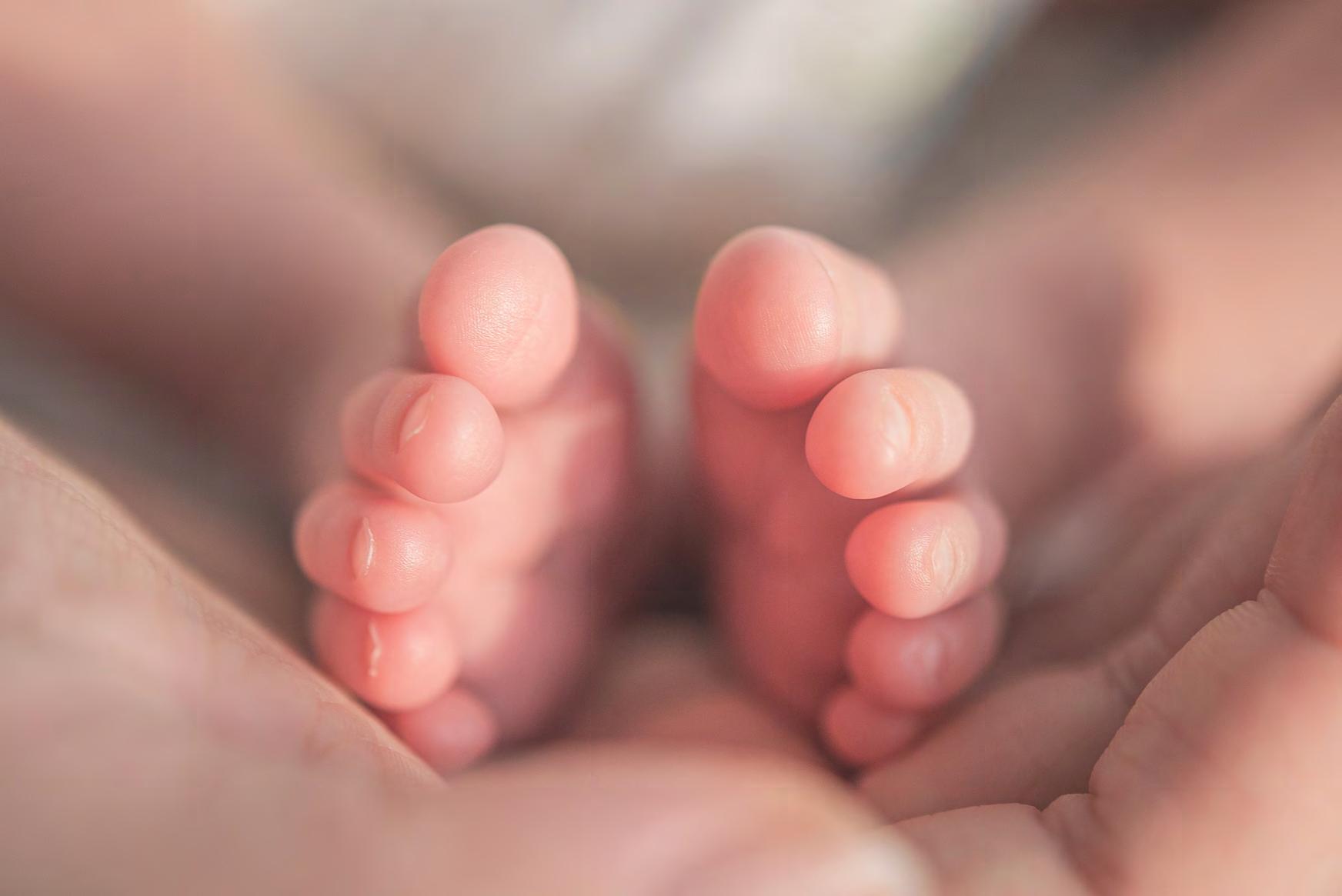
10 minute read
Research case studies
Evaluating ‘No Net Loss biodiversity’ policies:
Despite global commitments, tropical forests continue to disappear rapidly. Often, companies put in place biodiversity offsetting policies, however, until now, these have proved extremely challenging to assess.
The first fully independent and most robust impact evaluations of a biodiversity offset conducted to date was published in Nature Sustainability by PhD student Katie Devenish with Professor Julia Jones and Professor Simon Willcock from the School of Natural Sciences focused on Ambatovy mine, a major contributor to Madagascar’s economy and a leader in sustainable mining.
Climate benefits of biogas will diminish as cleaner technologies predominate:
Biogas is touted as a green energy alternative and is created when waste organic materials are broken down anaerobically and the resultant gasses captured for use. However, instead of focussing on re–using waste, a study published in the Journal of Cleaner Production argues that we should prioritise more effective climate solutions such as waste prevention, solar electricity generation and afforestation, before considering biogas, in order to meet the challenging net zero greenhouse gas (GHG) emission target set for 2050.
Dr Prysor Williams, senior lecturer in environmental management at Bangor University noted, “To provide a more robust evidence–base for strategic sustainable investment we wanted to see how this widely promoted ‘green’ technology compares with the best available alternatives, both today and in future contexts where clean technologies are likely to predominate on the path towards net zero greenhouse gas emissions.”
While biogas is currently a much cleaner transport fuel than petrol or diesel, rapid electrification of transport and development of green hydrogen fuel offers greater emissions savings and could negate the climate benefit of using biogas as a transport fuel over the coming decades. Meanwhile, large–scale combustion of biogas for electricity or industrial heat generation could be the best use of biogas for GHG mitigation in future if bioenergy carbon capture and storage is deployed.
The modelling suggests that even with more efficient future technologies there will still be a sustainable niche for anaerobic digestion facilities creating biogas from unavoidable food waste and animal manures.
Read more:
Prevention is better than cure converting organic waste to biogas is good for the climate
Jamaican mountain tree species being pushed upwards to extinction:

Two effects of global climate change are combining to threaten a global biodiversity hotspot according to evidence published in Ecography. Global warming is increasing the intensity of the strongest Atlantic hurricanes and, at the same time, it is slowly shifting the range of plant and animal species into previously colder zones – towards the north and south poles and up the slopes of mountains to higher altitudes.
Long–term research in the Blue Mountains of Jamaica by a team of researchers from the School of Natural Sciences shows that this migration was accelerated by the severe impact of Hurricane Gilbert in 1988.
John Healey, Professor of Forest Sciences, explains, “The Jamaican Blue Mountains rise to an altitude of 2256m so, at present, there is still forested land further up the slopes for the rare mountain species to migrate to. However, with this process continuing as the atmosphere warms still further, once they become confined to the highest mountain ridges there will be nowhere else for these species to go. The impact of increasingly severe hurricanes, like Gilbert, will bring that threat of extinction ever sooner.”
Gilbert caused serious damage to the Blue Mountain forests, snapping the branches and trunks of many of the biggest trees. Most resprouted and survived, but the rate of mortality was particularly high for the species that are restricted to the highest altitude forests. The gaps in the forest canopy opened up by the death of these trees provided the opportunity for new trees to regenerate, but these tended to be species from lower down the mountain slopes. The net result is that the forest is becoming more dominated by lower altitude species, accelerating the process that was already slowly under way due to global warming.
Read more:
Global warming and an intense hurricane combine to drive tree species up tropical mountains
Three things that link plastic pollution and climate change:

Did you know that plastic pollution and climate change were linked? Bangor researcher Helen Ford and the Zoological Society, London, published in Science of the Total Environment, shows for the first time that the global issues of marine plastic pollution and climate change exacerbate one another, creating a dangerous cycle.
Climate crisis and plastic pollution – a significant driver of marine biodiversity loss – are connected in three significant ways: Plastic contributes to global greenhouse gases throughout its life cycle, from production through to disposal; extreme weather, such as floods and typhoons, associated with climate change will disperse and worsen plastic pollution; and marine species and ecosystems that are particularly vulnerable to both.
The study showed that changes are already occurring from both plastic pollution and climate change that are affecting marine organisms across marine ecosystems and food webs, from the smallest plankton to the largest whale. We need to understand how these threats to ocean life will interact as they build and encourage policymakers to act to address these global threats. Public awareness and media coverage of both issues has risen exponentially over the years, but studies show that they are often approached as separate, even competing issues.
Read more:
Catastrophic consequences for our oceans when climate change and plastic pollution crises
Psychologists reveal how we truly see ourselves by generating ‘mental selfies’:
Never has there been a time where we are so obsessed with appearance than the current ‘selfie’ age. Many argue that the obsession with selfies and manipulation of images may turn some of us into narcissists, while others may experience greater body image dissatisfaction. But how do we actually see ourselves in our mind’s eye?
Psychologists at Bangor developed a method of visualising mental ‘self–portraits’ and in a second phase ‘body images’. They explored how far these internal images may deviate from what others see and demonstrated how they can be affected by our beliefs about our personalities and self–esteem.
Dr Lara Maister explains, “We asked participants to generate their own computer–generated ‘mental self–portrait’, and also to answer personality and self–esteem questionnaires to reveal what type of person they believe themselves to be. We found that their beliefs about themselves strongly affected how they pictured their own appearance. For example, if a person believed that they were an extravert, they pictured their own faces as looking more confident and sociable than they appeared to other people.”
The researchers found that our beliefs strongly affect how we picture our own appearance, e.g. if a person believes they are extravert they picture their own face as looking more confident and sociable than they appear to other people. When assessing perceptions of body shape people not only had unrealistic mental pictures of their bodies but these mental pictures were strongly influenced by their attitudes towards themselves rather than their true appearance.
The basis of this research could provide a new tool to clinicians supporting people with body image disorders to assess whether therapies have been successful.
Read more:
Psychologists reveal how we truly see ourselves by generating ‘mental selfies’

Improving the recognition and treatment of sepsis in hospital:
Early recognition and treatment of sepsis, a life–threatening reaction to infection, can save lives. Research by Dr Eirian Edwards and Dr Lorelei Jones from the School of Medical and Health Science investigated the recognition and treatment of sepsis in patients on general medical and surgical wards and assessed the effects of training.
The study found that nurses who had received sepsis training were significantly more likely to have a positive attitude to screening and management of sepsis, were more confident in screening for sepsis and more likely to have screened a patient for sepsis.

The most frequently reported barrier to timely recognition and treatment of sepsis on wards was workload and inadequate staffing. Some nurses expressed concern about inexperienced or unfamiliar staff on the wards, such as healthcare assistants and agency staff, when abnormal observations were not escalated appropriately.
Sepsis training, sepsis tools (such as screening criteria, sepsis bundle and patient group directive) and peer support were all reported to help timely recognition and treatment of sepsis. The authors recommend sepsis training for all nurses and raise the question of access to sepsis training for agency staff too.
Read more: Improving the recognition and treatment of sepsis in hospital
Newborns develop language skills within hours:

Babies are known to start learning language by hearing speech even when they are in the womb but cannot hear the detail as it is muffled, as if underwater.
Working with new–borns – starting within just minutes of their birth –researchers at Bangor used optical imaging to measure body changes. Recordings of spoken vowels were played and then tested to see whether their brains responded differently when they heard these same vowels being played backward versus forward.
After a mere five hours of exposure to this contrast, optical imaging showed that the new–borns brains started distinguishing between the two sounds. And after a further two hours, during which the new–borns mostly slept, the exposure to the vowel contrast triggered a spurt of connectivity, with neurons talking to each other on a large scale, as if they had been inspired by the language sounds they heard.
Guillaume Thierry, Professor of Cognitive Neuroscience said, “Our research showed that a very subtle distinction – even for the adult ear – is enough to trigger a significant brain activity surge in the new–born’s brain, showing that early experiences have potentially major consequences for cognitive development.”
Dr Gary Oppenheim, Lecturer in Psychology added, “The work that a new–born’s ears and auditory system are doing isn’t as obvious to the naked eye but the results show we have remarkable sensitivity to language information from the very moment we are born and we immediately set to work developing and refining it in response to our experiences in the world, even when we appear to be just sleeping.”
The research demonstrated that a very subtle distinction is enough to trigger a significant brain activity surge in the new–born brain showing that early experiences have potentially major consequences for cognitive development.
Read more: Newborns develop language skills within hours
Firms with greater gender diversity in the workplace reduce CO2:
The relationship between gender diversity in the workplace and a firm’s carbon emissions was the basis for research carried out by Bangor University, the Bank for International Settlements and the European Central Bank which investigated whether females in managerial positions improve a company’s environmental performance.
Firms with greater gender diversity in the workplace reduced CO2 by 5% more than male–oriented firms, demonstrating that gender diversity in an organisation can have a significant impact in combating climate change.
The relationship between the percentage of women appointed as managers and firm carbon emissions was analysed from a sample of 1,951 listed companies in 24 industrialised economies from 2009–2019, a 1pp increase in female managers leads to a 0.5% decrease in CO2 emissions.
The results between the percentage of female managers and CO2 emissions are supported by a solid theoretical framework grounded on the pro–environmental traits of female personalities which influences their decisions regarding the environment in relation to implementing a board’s strategy. Professor of Banking, Yener Altunbas said, “It was encouraging to see that company policies that mandated the presence of women at management level not only had the right impact on gender diversity unbalances but also potentially contributes towards the environmental objectives. Encouraging firms to foster the inclusion of female managers and include green values among recruiting profile criteria is a step in the right direction.”
Read more:
Firms with greater gender diversity in the workplace reduce CO2
Towards Justice report calls for joined–up approach to supporting victims of past harms:

A report by Martina Feilzer, Professor of Criminology and Criminal Justice calls on police, politicians, and policymakers to take a more joined–up approach to responding to past harms and place the needs of victims, survivors and their families at the heart of this.
The report acknowledges the complexity of the situation victims experience when engaging with multiple agencies and advises that lessons from the Public Advocate system used in US states should be considered.
Towards Justice offers unique, cross–sector insight by drawing on the combined experience and expertise of police officers, academics, non–governmental organisations, policymakers, and practitioners as well as testimonies from victims, survivors and families of non–recent harms and abuses, ranging from child sexual abuse within institutions to Hillsborough and the contaminated blood products scandal.
Growing calls for a duty of candour from police officers, as well as other public bodies, are echoed in the report, which notes that a lack of transparency can lead to mistrust and suspicion of cover–ups. It recommends a review of existing forms of remedy open to victims, survivors of non–recent harms and their families, to address tensions which have emerged over time and ensure that they meet the needs of those most affected.
It encourages exploration of alternative systems of remedy such as restorative justice, which has gained momentum in other areas of the criminal justice system. It also urges the relevant parties involved to recognise that non–recent harms continue to resonate in the present and there is a need to apply learning from recent responses to non–recent harms to continually improve the systems of remedy.
Fundamentally, the report urges those institutions responsible for responding to allegations of harm to remember that they are dealing with human beings who are facing highly charged, traumatising and emotional situations.
Read more: Towards justice report calls for joined up approach to supporting victims of past harms
Language in the ‘human machine era’: How will new forms of language technology change our communication and language itself?
As part of a new research network, Bangor academics explored how technological advances such as intelligent eyewear and earwear are likely to change our everyday communication, the ability to translate another person’s words and as a consequence, language itself.
The network, Language in the Human–Machine Era (LITHME), has members from 52 countries and seeks to bridge the gap between linguists and technology experts, so the former can benefit from better technological foresight and the latter from better understanding of potential linguistic and societal consequences of emerging technologies.
As a first major step, the network has published an open access report that brings together insights from dozens of specialists in the fields of language technology and linguistic research.

Advancements in digital communication have revolutionised how we communicate and access services over the past decade. This has been accelerated by the Covid–19 pandemic and the societal changes that have come in its wake. With the advancement of wearable technology and AI, we are now on the cusp of even further changes in how we access information and interact with others. These developments will have far–reaching implications for language rights and language within multilingualism society.
As new technologies impact almost every aspect of daily lives, we know that not all languages, or all groups, are treated equally within this digital revolution, and concern remains regarding how some under–resourced language communities and marginalised groups could be left behind by the coming human–machine age, says Dr Cynog Prys from the School of History, Law and Social Sciences.
Read more:
Language in the human machine era how will new forms of language technology change our communication and language itself?






